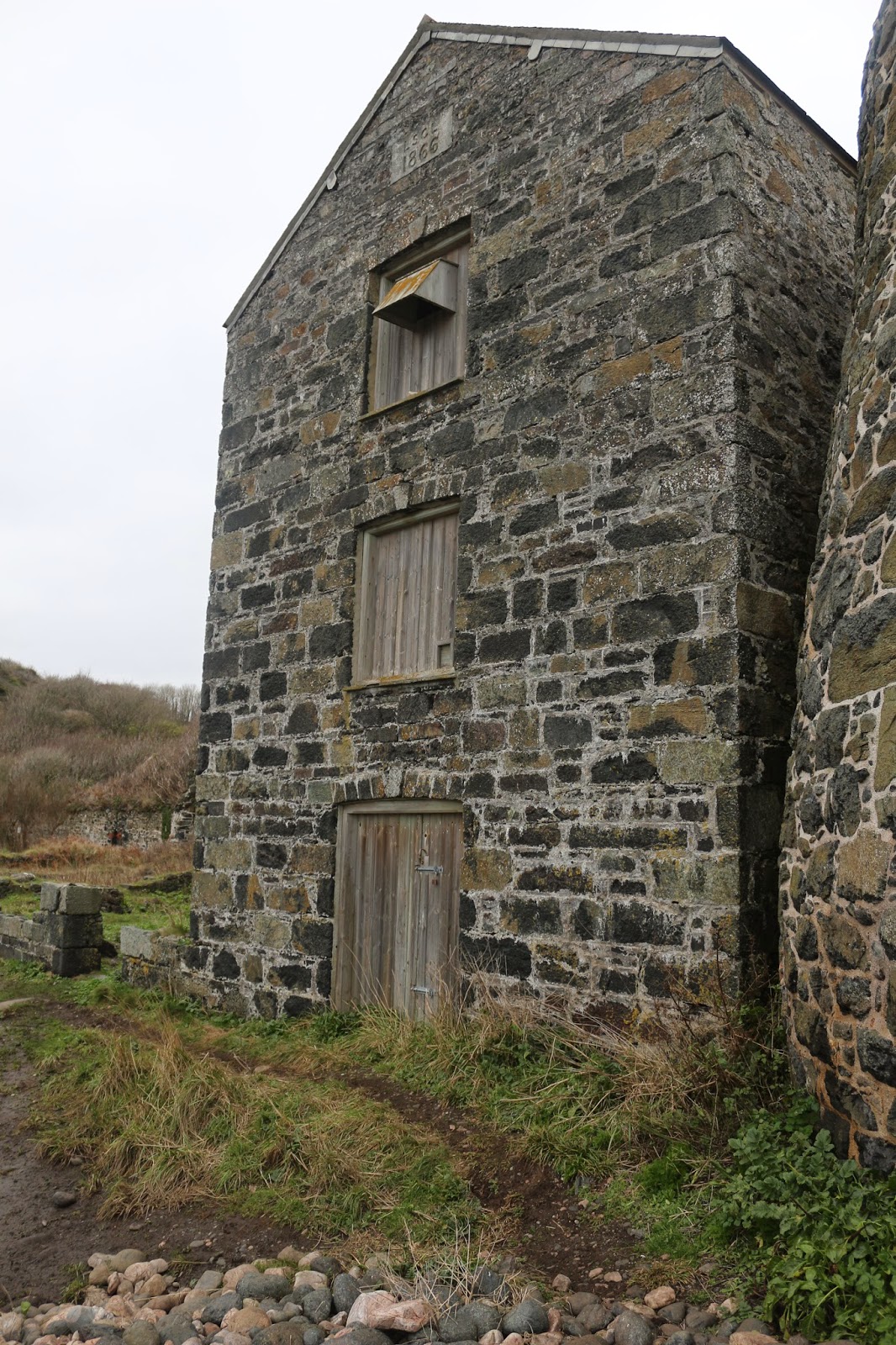The SS Gairsoppa was a British steam merchant ship built in Jarrow and launched in 1919. After a long civilian career, she saw service during the Second World War. She was named in honour of the town of Gersoppa on the banks of river Sharavathi in Karnataka, India.
She sailed with several convoys, before joining Convoy SL 64 in February 1941. Gairsoppa left the convoy when she exhausted the majority of her fuel and was making her way to Galway, Ireland, when a German U-boat fired a torpedo that sank her and sent 85 people to their deaths. It was thought that three lifeboats launched, but only one in the charge of the second officer, R. H. Ayres, with four Europeans and two Lascars on board, made it away; the rest of the crew was lost. By the 13th day only the second officer, the radio officer, and one seaman gunner remained alive. Ayres and his boat reached the Cornish coast two weeks later at Caerthillian Cove. The boat capsized before the Lizard lifeboat could reach them, and only the second officer was pulled from the sea alive. Two of the men aboard, Robert Frederick Hampshire (Radio Officer), and an unnamed Indian seaman, died trying to get ashore. They are buried at St Wynwallow's. Ayres was appointed a Member of the Order of the British Empire (MBE) for his attempts to rescue his fellow sailors; he lived until 1992.
The wreck of the Gairsoppa was discovered in 2011, and it was announced that an operation to recover its cargo of silver bullion, with an estimated value of £150 million, would begin in 2012. On 18 July 2012 Odyssey Marine Exploration, of Tampa, Florida, reported that it had recovered 48 tons of silver, making this probably "the deepest, largest precious metal recovery in history" (as the Gairsoppa rests in 4,700 metres (15,400 ft) of water). |











No comments:
Post a Comment